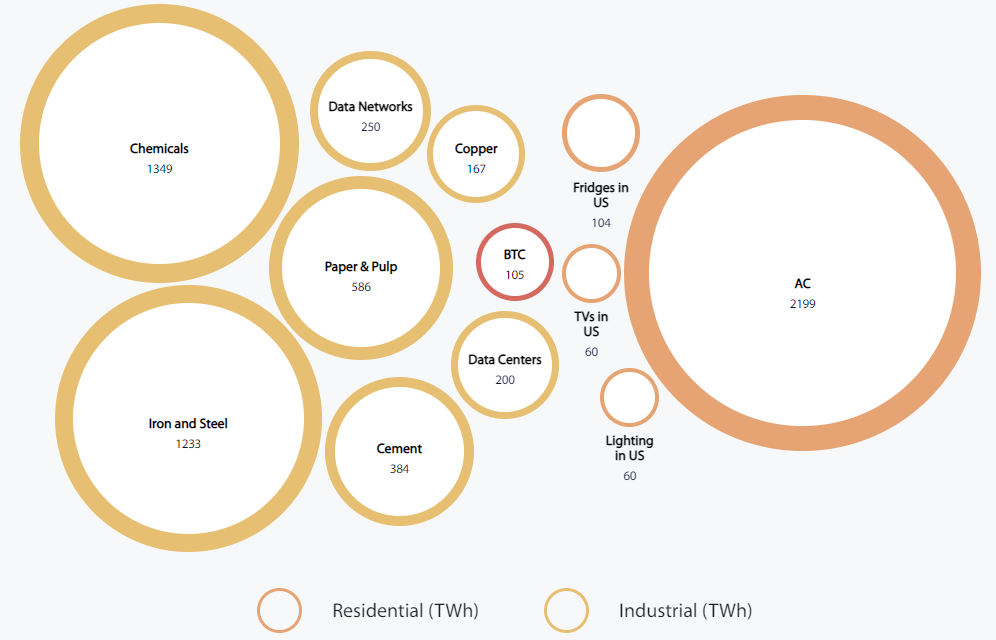The Crypto Schism Between Ethereum & Bitcoin
The longest running debate in crypto circles is the identity of Bitcoin’s anonymous founder Satoshi Nakamoto. A close second is the philosophical schism between proof-of-work (PoW) and proof-of-stake (PoS) blockchain consensus mechanisms.
With Ethereum’s successful migration from PoW to PoS on 15 September via its so-called “merge” (of its original PoW execution layer, the “Mainnet”, with its new PoS consensus layer, the “Beacon Chain”), the debate ratchets up with the two heavyweights of the crypto universe now facing off in the forum that matters the most — the marketplace.
The debate revolves around two key issues fundamental to both chains’ security, operation, and sustainability: decentralisation and energy consumption. How the debate evolves will likely feed into market prices, so smart investors should educate themselves and monitor the prevailing winds.
PoW vs PoS
Bitcoin remains the flagbearer for PoW and is by far the largest blockchain by market cap secured by PoW. Other cryptos using PoW include Bitcoin Cash, Dogecoin, Monero, and Litecoin. Ethereum is now the PoS champion, along with other popular crypto assets including Binance, Cardano, Polkadot, Avalanche, Cosmos, Near and Algorand.
PoW proponents argue that expending energy to power the computers that secure the blockchain is akin to converting energy into stored value, in the same way that work must be performed to dig gold out of the ground. Miners perform computational work to maximise their chances of earning the reward. Mining therefore becomes a competition to perform more computations faster using advanced processing hardware and software.
PoS on the other hand relies on coin holders called validators to secure the network. Validators must “stake” coins as collateral to validate the transactions for which they receive network fees as a reward, hence “proof of stake”. PoS eliminates the computationally intensive (and therefore energy consuming) calculations required in PoW with the economically costly staking mechanism.
Both PoW and PoS mechanisms result in a decentralised consensus mechanism to verify transactions that does not rely upon a trusted party. But both mechanisms are theoretically prone to attack by bad actors.
A 51% Attack
If a bad actor were to achieve greater than 50 per cent of the computational “hash rate” in a PoW network, they could manipulate the blockchain ledger or even perform a so-called “double spend” (where the ledger is altered so that a spent coin is reacquired by the bad actor). This is known as a “51% attack”. It’s believed that a 51% attack might be counterproductive in practice as participants would likely lose confidence and create sell pressure on the crypto tokens.
Similarly, a bad actor could control more than 50 per cent of a PoS’ staked cryptocurrency. Ethereum has certain protections to cater for this scenario including the potential for honest validators to vote against any manipulated ledger and “burn” the coins staked by the bad actor.
ESG Concerns
With the growing importance of environment, social and governance (ESG) concerns on investor, regulator and community attitudes, the stakes could not be greater. How the debate fares could significantly impact the prospects for both classes of blockchain. The potential for tighter regulation arising from ESG concerns on PoW blockchains could dampen demand and act as a weight on market price. This may result in a migration to PoS blockchains and an accompanying re-weighting in asset allocation.
As the largest PoW network, Bitcoin’s energy consumption remains fiercely debated. The University of Cambridge’s Centre for Alternative Finance estimates Bitcoin’s energy consumption and compares it quantitatively to several other energy intensive activities:

Source: https://ccaf.io/cbeci/index/comparisons
Whether Bitcoin’s societal value is equivalent to residential refrigeration in the US is subjective, but ultimately the free market will decide (unless regulators intervene).
Because PoW mining requires energy, miners are incentivised to identify the lowest possible energy sources. PoW mining operations are straightforward to establish needing only electricity, an Internet connection and space to install PoW mining equipment (ie. special computer hardware designed for PoW mining specific blockchains).
Reducing Emissions
This has resulted in PoW mining facilities exploiting stranded energy sources that would not otherwise be productively used. One example of this is flared natural gas that is a waste product produced during oil drilling operations. PoW mining operations have been established close to oil rigs using electricity derived from flared gas wastage. This reduces CO2 emissions, lowers the cost of drilling and/or generates income to the driller, landowner or PoW miner that would otherwise not exist.
In such cases, PoW energy consumption isn’t competing with other productive uses of that energy, because that energy would otherwise be wasted (i.e. lost) without PoW mining. PoW mining actually increases the economic yield from the activity by converting wasted energy into income.
Furthermore, PoW miners are increasingly using renewable and greener energy sources as the cost of these fall relative to traditional energy sources. This creates greater demand for greener energy leading to lower production cost. PoW mining also uses energy captured and stored while favourable weather conditions prevail during periods where base load generation falls due to inadequate sunshine or wind. This in turn supports the economics of renewable energy investment.
PoS supporters say that the arguments put forward by PoW adherents are empty because PoS provides the same or better benefits with 99 per cent lesser energy consumption.
Pros and cons exist on either side of the debate and perhaps the most likely outcome is a cautious co-existence. As the PoW and PoS champions, most crypto observers expect BTC and ETH respectively to retain their leadership positions for some time to come.
Smart crypto investors will monitor the debate and watch closely for any factors that might emerge to cause a pendulum swing in favour of one consensus mechanism over the other. Until then, the debate will likely rage on and markets will reflect the swings and roundabouts of the prevailing winds.
Frequently Asked Questions about this Article…
The main difference between Proof-of-Work (PoW) and Proof-of-Stake (PoS) lies in how they secure the blockchain. PoW relies on miners performing computational work to validate transactions, which consumes significant energy. In contrast, PoS uses validators who stake their coins as collateral to validate transactions, significantly reducing energy consumption.
Ethereum's transition to Proof-of-Stake (PoS) is significant because it reduces energy consumption by 99%, addressing environmental concerns and potentially influencing market prices. This shift may attract investors who prioritize sustainability and could lead to a re-weighting in asset allocation towards PoS blockchains.
In a Proof-of-Work (PoW) system, a 51% attack occurs when a bad actor controls more than 50% of the network's computational power, allowing them to manipulate the blockchain. In a Proof-of-Stake (PoS) system, a similar attack involves controlling more than 50% of the staked cryptocurrency, but PoS systems like Ethereum have protections such as voting against manipulated ledgers and burning the bad actor's staked coins.
Proof-of-Work (PoW) mining is energy-intensive, raising environmental concerns. However, PoW miners often use stranded energy sources, like flared natural gas, which would otherwise be wasted. Additionally, there's a growing trend of using renewable energy, which can lower emissions and support renewable energy investments.
ESG concerns could lead to tighter regulations on Proof-of-Work (PoW) blockchains due to their high energy consumption, potentially reducing demand and affecting market prices. This might drive a shift towards Proof-of-Stake (PoS) blockchains, which are more energy-efficient and align better with sustainability goals.
















